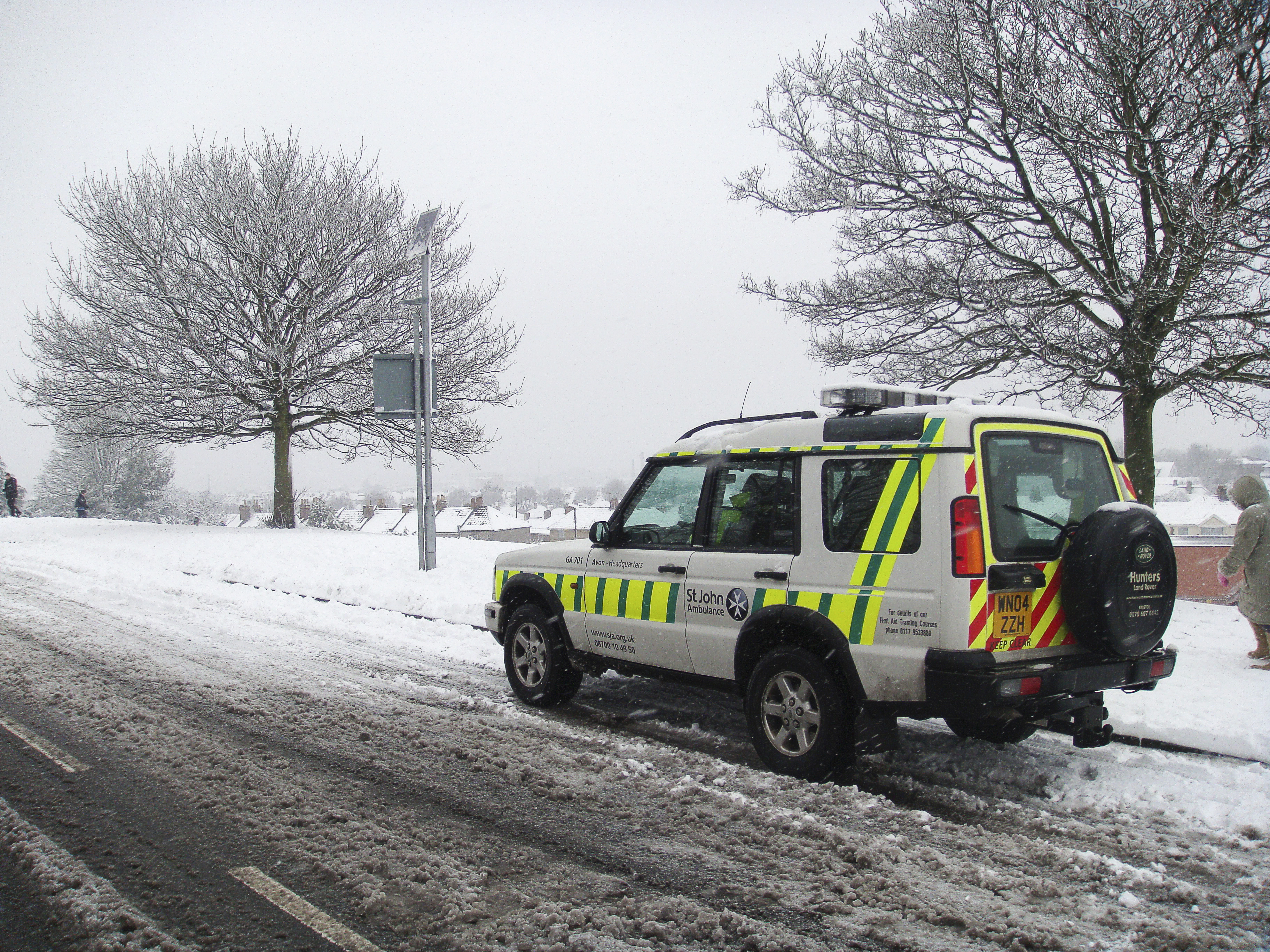Monday, 16 January 2023: With an amber weather warning issued for ice and snow this week across much of the country, and temperatures set to dip as low as minus 10 degrees Celsius, St John Ambulance is urging people to brush up on their first aid skills and check in on neighbours as temperatures plummet.
Children, elderly and people with underlying health conditions are much more likely to feel the effects of the cold this week, which can put additional stress on the body. And when most thermostats are turned down, as the cost-of-living crisis continues to squeeze pockets, symptoms of existing health conditions like asthma and arthritis can be exacerbated.



